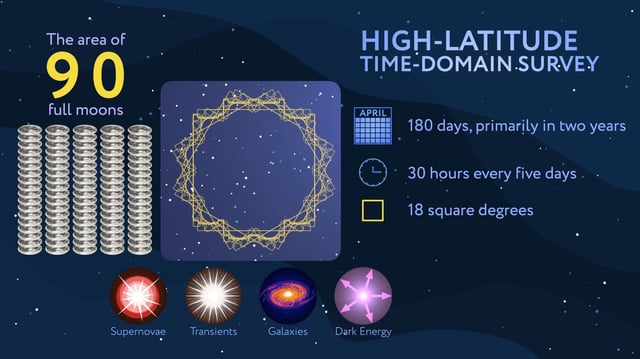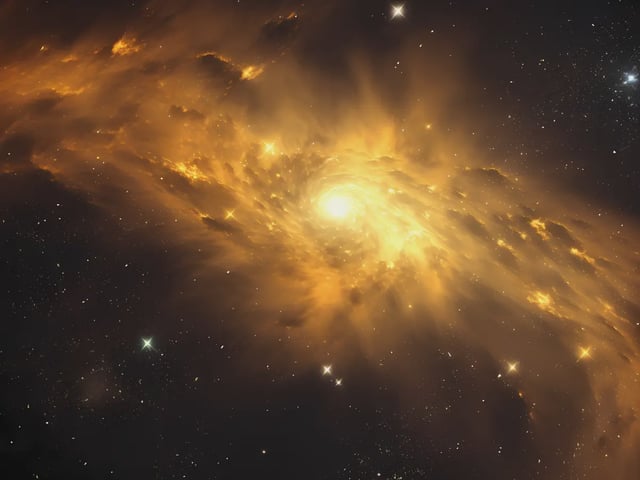Overview
- Simulation studies predict about 27,000 type Ia supernovae to refine cosmic distance measurements and probe dark energy evolution.
- The High-Latitude Time-Domain Survey is expected to detect roughly 60,000 core-collapse supernovae, 90 superluminous events, 40 tidal disruption flares and at least five kilonovae.
- Researchers anticipate more than 1,000 type Ia supernovae beyond 10 billion light-years and potential detections up to 11.5 billion years, likely setting new records for the farthest explosions.
- New data reduction pipelines and spectral classification techniques are under development to distinguish diverse transients in Roman’s high-cadence data.
- Launch scheduled for May 2027 will initiate a two-year, wide-field near-infrared campaign to map cosmic expansion and uncover rare astrophysical phenomena.

